Bijoux conçus de manière à être transformés et constituer d'autres bijoux grâce à des ornements amovibles et des montures permettant de les convertir ou les diviser.
Au moyen-âge, des montures de ceintures sont amovibles, des chaînes peuvent servir de collier et de ceinture.
Les bijoux à transformation, très fréquents au XVII° siècle, sont particulièrement en vogue depuis la seconde moitié du XIX° siècle. (Dictionnaire du bijou, M.R.).
> Rejoindre le groupe sur facebook et suivre l'hstoire du fermoir à travers les âges
|
||
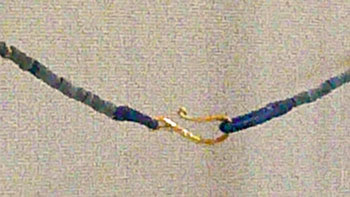 |
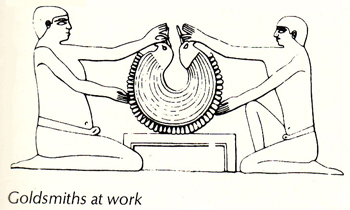 |
|
Bactriane (ancien Afghanistan), lapis lazuli, or, fin du III millénaire av JC , un des tout premiers fermoirs en « S » ou «fish hook». Musée du Louvre |
Fabrication d'un collier pectoral multi-rangs égyptien avec fermoirs en forme de faucon, connu dès l'ancien empire. (-2700 -2200) |
|
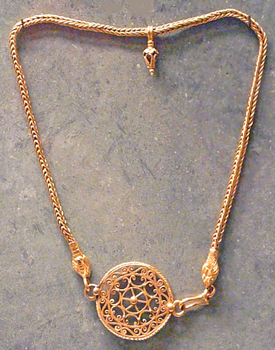 |
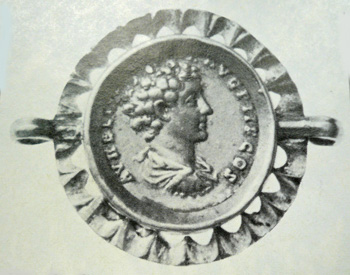 |
|
|
Collier de Beaurains, Gaule, composé de 7 pendentifs et d'un médaillon central à anneaux latéraux faisant office de fermoir amovible. ( monnaie à l'effigie d'Antonin le Pieux II° ap.JC ) |
|
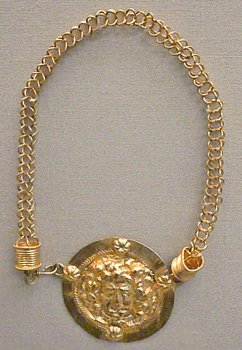 |
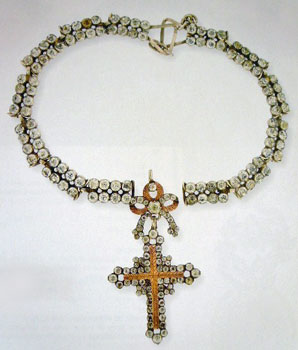 |
|
|
|